CONNECTED magazine n°10

Leading innovation for over 75 years
Few companies can claim to have directly contributed to a technological revolution. The LEMO Group has had the chance to initiate more than one. Among others, it invented the Push-Pull latching system and set the global standard for hybrid fibre optic connectors supporting the move to HDTV. To remain at the forefront of innovation for three quarters of a century requires a lot of passion and commi
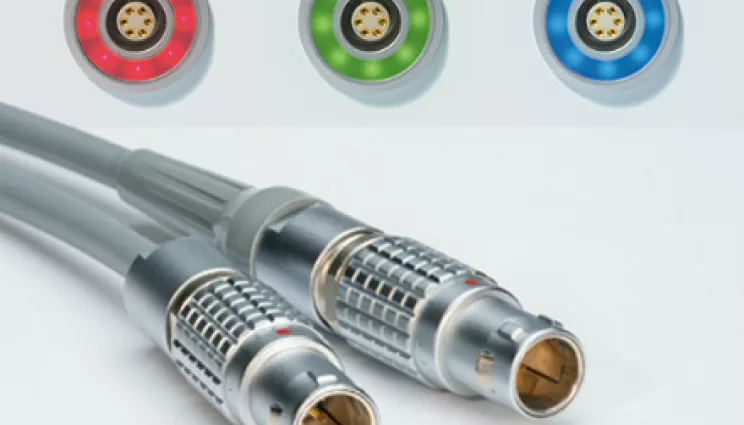
Halo LED connector
This product includes a LED lit flange allowing to display the connection status, which enables the user to have immediate visual identification showing that the connector is securely connected and powered up.
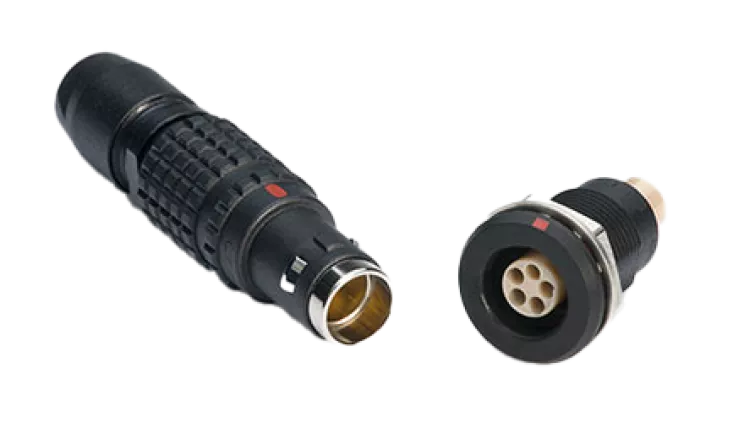
New T series design
LEMO enhances the T series range with a new design, the connector plug and free socket now include the LEMO "chocolate design" pattern, already on LEMO’s traditional products, B and K series. This new design is completely compatible with previous designs. The TT, 0T and 1T series will be available with 3 latches. Caps are to be updated to reflect the chocolate plate as well.
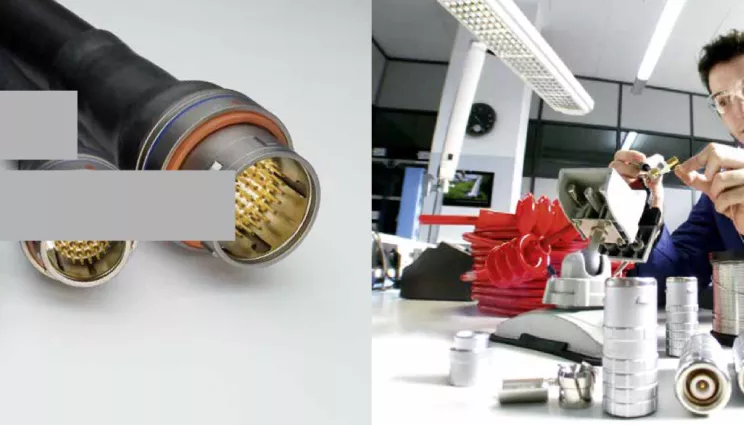
Beyond connectors
LEMO’s long experience and solid expertise in the field of connector and cable assembly has now beenextended by offering complete interconnection solutions.
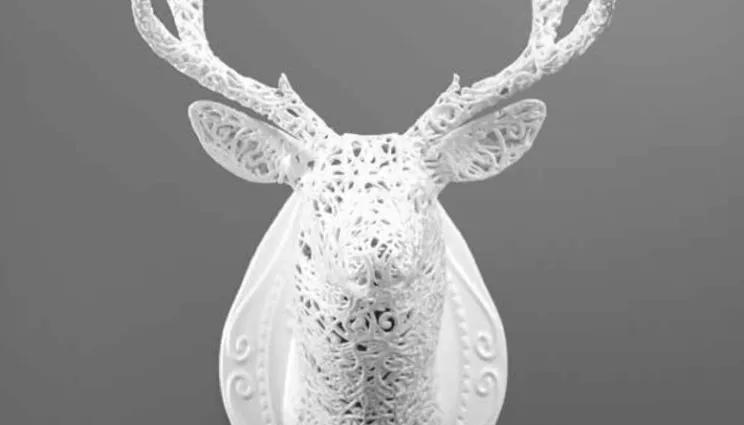
Sculpteo: the success of a factory in the cloud
"There began to be a lot of talk about 3D software,3D objects and 3D printing in 2009” explains Clément Moreau, co-founder of Sculpteo. “For us, it was a new revolution in the history of industry. So we started to get ready for when the big wave would arrive…”
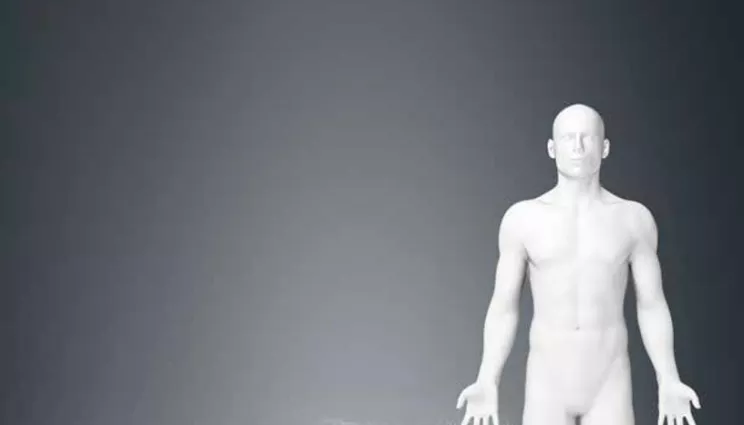
Printing an exact copy of the patient
In the printer are two polymer materials owned by 3D Systems: the material which will “hold” the finest elements and the building material itself. Once it's printing, the machine super- poses – one by one – layers 32 microns deep.